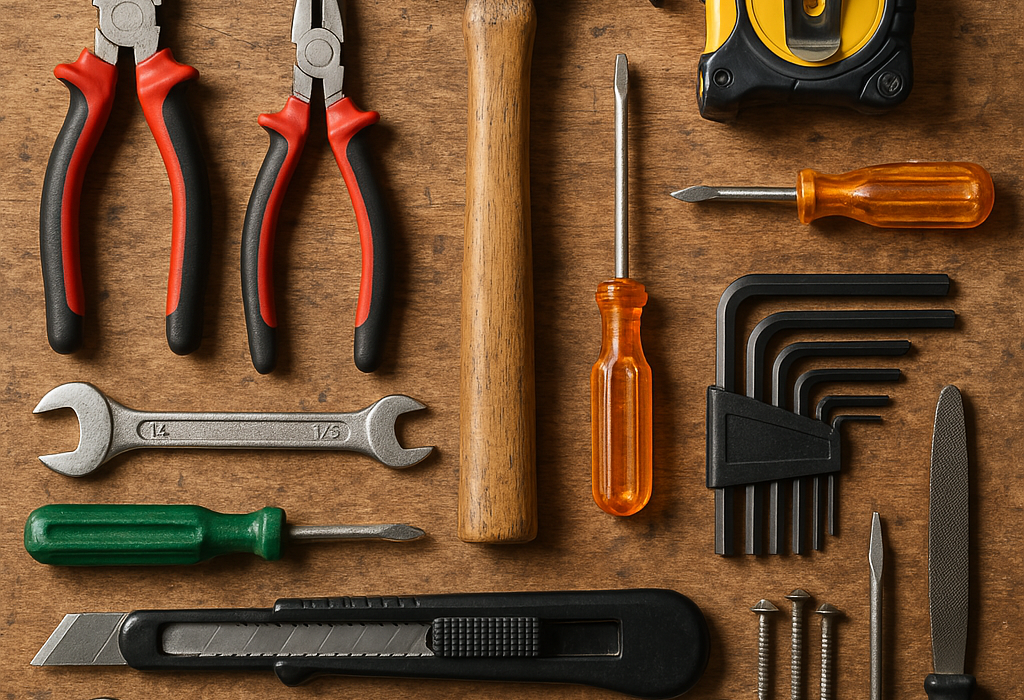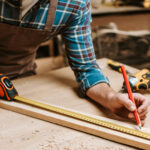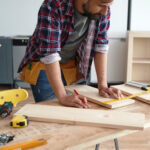Whether you’re fixing a leaky faucet, building a backyard deck, or diving into a furniture upcycling project, having the right hand tools is essential. As any seasoned DIYer will tell you, your project’s success often depends not just on your skills, but also on the quality and suitability of your tools.
But with so many brands, materials, and features out there, choosing DIY tools can quickly become overwhelming. That’s where this comprehensive tool buying guide comes in. We’ll walk you through everything you need to know about selecting hand tools that will support your creativity, ensure your safety, and help you get the job done right.
Why Hand Tools Matter in DIY
Hand tools are the backbone of every DIYer’s toolkit. Unlike power tools, they don’t require electricity or batteries. They’re often more affordable, portable, and precise—making them ideal for small to medium-scale projects. Whether you’re tightening screws, sawing wood, or measuring twice before cutting once, the right hand tool makes all the difference.
Some of the best tools for DIY projects are simple in design but incredibly effective when used correctly. A hammer, screwdriver, or chisel might not look impressive on its own, but in the hands of a skilled DIYer, it becomes a powerful problem-solver.
Key Factors to Consider When Selecting Hand Tools
Before you load up your cart at the hardware store or click “buy now” online, here are some important factors to consider when selecting hand tools:
1. Quality and Durability
One of the most important aspects of choosing DIY tools is assessing their build quality. Look for tools made from high-grade steel, chrome vanadium, or other durable materials. Avoid plastic components in tools that are meant to take a lot of wear and tear.
Durability often correlates with cost—investing in better tools upfront can save you money in the long run by reducing the need for frequent replacements.
2. Ergonomics and Comfort
You’ll be using your hand tools for hours at a time, especially on complex DIY projects. Choose tools with ergonomic handles, rubber grips, and a comfortable weight. This reduces fatigue and lowers your risk of repetitive strain injuries.
Try out a few in-store to see how they feel in your hands. Even a well-reviewed tool isn’t right for everyone—personal comfort is key.
3. Tool Versatility
The best tools for DIY projects are often the ones that can perform multiple functions. A multi-bit screwdriver, for example, saves space in your toolbox and covers a variety of screw types. Similarly, adjustable wrenches and multi-tools can handle a wide range of tasks with just one tool.
When choosing DIY tools, prioritize versatility, especially if you’re just starting to build your collection.
4. Safety Features
Look for hand tools with built-in safety mechanisms, especially if you’re working with cutting or gripping tools. Non-slip handles, locking blades, and insulated grips (for electrical work) can help prevent injuries.
Even the best DIYers make mistakes—so let your tools be your first line of defense.
5. Intended Use and Project Type
The tools you need for woodworking will differ from those you’d use in plumbing or electronics repair. Tailor your shopping list based on your project needs. For example:
- Woodworking: Chisels, hand saws, clamps
- Home repair: Screwdrivers, adjustable wrench, pliers
- Furniture assembly: Allen keys, level, hammer
- Painting & décor: Putty knife, utility knife, measuring tape
Having the right tool for the job ensures better results and reduces the chances of damaging your materials—or yourself.
Essential Hand Tools Every DIYer Should Own
If you’re starting from scratch or just want to build a more complete toolkit, here’s a core list of hand tools every DIY enthusiast should have:
- Claw Hammer – For driving and pulling nails.
- Screwdriver Set – Includes flathead and Phillips in various sizes.
- Adjustable Wrench – For tightening nuts and bolts of various sizes.
- Needle Nose Pliers – Great for precision work and electrical tasks.
- Tape Measure – An absolute must for accurate cuts and layouts.
- Level – Keeps your shelves, pictures, and structures straight.
- Utility Knife – For cutting materials from cardboard to drywall.
- Hand Saw – Useful for woodworking or cutting PVC pipe.
- Allen Wrenches (Hex Keys) – Essential for flat-pack furniture and bikes.
- Chisel Set – Handy for woodworking and scraping tasks.
Building this foundation gives you the flexibility to tackle a variety of home projects with confidence.
Tool Buying Guide: What to Look for by Tool Type
Let’s go a bit deeper into specific tool categories and what to look for:
Screwdrivers
- Choose magnetic tips if possible.
- A cushioned grip helps prevent hand fatigue.
- A ratcheting screwdriver can increase speed and comfort.
Recommended Product:
Craftsman 6-pc. Multi-Bits Screwdriver
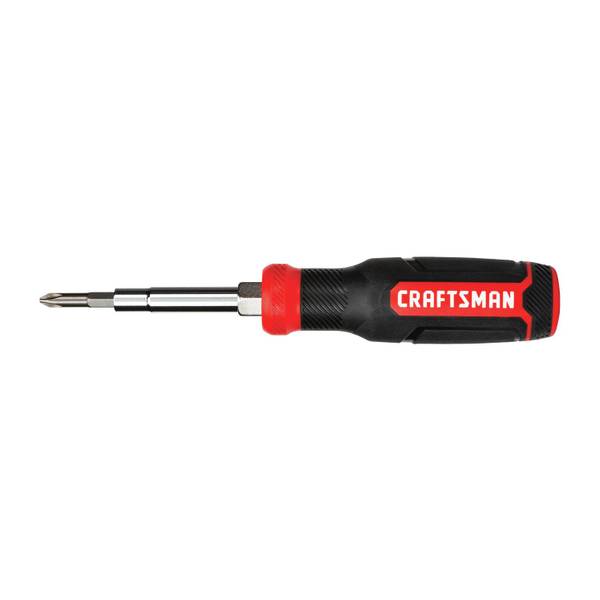
Pliers
- Check for smooth movement and tight jaws.
- Insulated handles are a plus for electrical work.
- Curved or bent-nose options are great for tight spaces.
Recommended Product:
Irwin Vise-Grip The Original Curved Jaw Locking Pliers With Wire Cutter

Saws
- Fine-tooth saws are better for detailed cuts.
- Coarse-tooth saws cut faster but with less precision.
- Consider a Japanese pull saw for greater control.
Recommended Product:
DEWALT 5-in-1 Multifunction Hacksaw
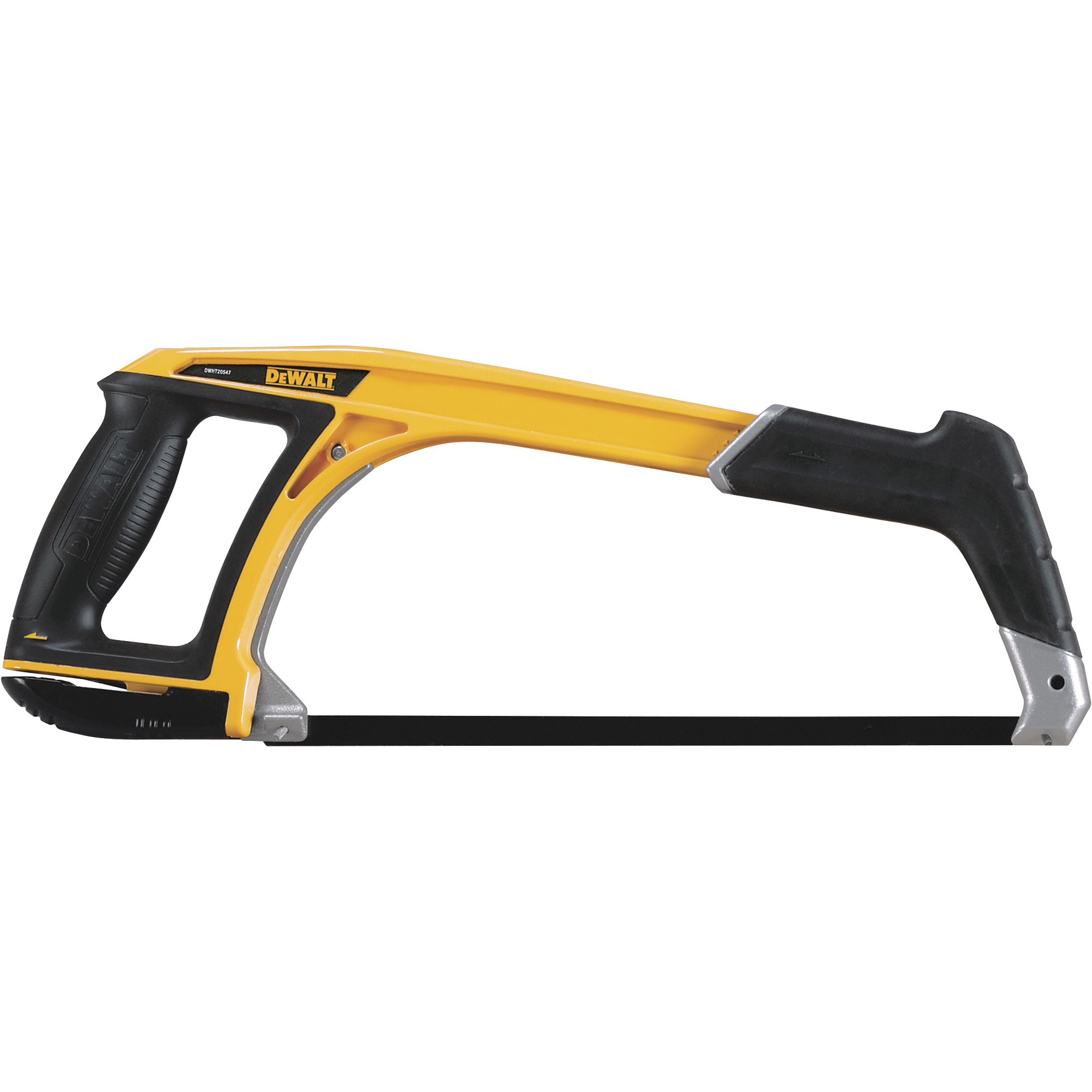
Wrenches
- Look for a rust-resistant finish.
- The adjustment mechanism should move easily but stay secure.
- Combination wrenches (open-ended + box-ended) offer flexibility.
Recommended Product:
Craftsman All Steel Wrench Set – 2 Pc
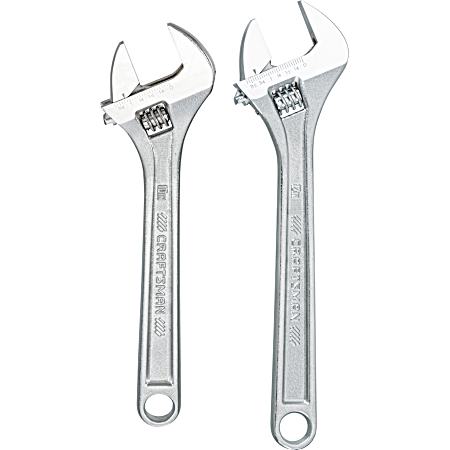
Tips for Building Your Tool Collection Over Time
If you’re not ready to buy everything at once, no problem. Here are some tips for selecting hand tools strategically over time:
- Start with a basic toolkit, then expand as needed.
- Buy tools per project. Every new project is an opportunity to buy a new, necessary tool.
- Borrow or rent rarely used tools to save money and storage space.
- Watch for sales and bundles—many stores offer kits that cost less than buying items individually.
Final Thoughts: Making the Right Choice
At the end of the day, choosing the right hand tools comes down to a balance of quality, comfort, budget, and the specific needs of your DIY projects. With the right tools in hand, your creativity and skill can shine—whether you’re fixing up your home, crafting custom furniture, or exploring a new hobby.
As your projects grow, so will your collection. Take your time, make informed choices, and enjoy the process of becoming not just a DIYer—but a skilled builder of your own vision.
Last modified: April 9, 2025